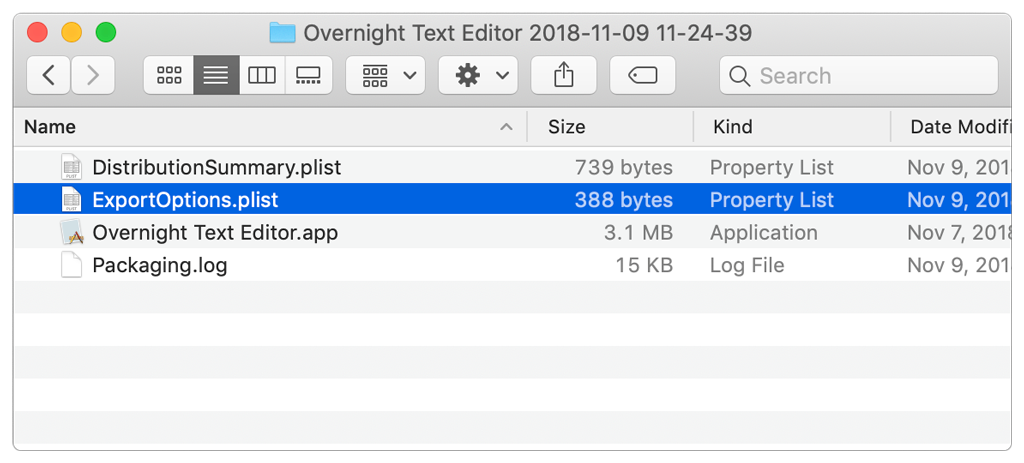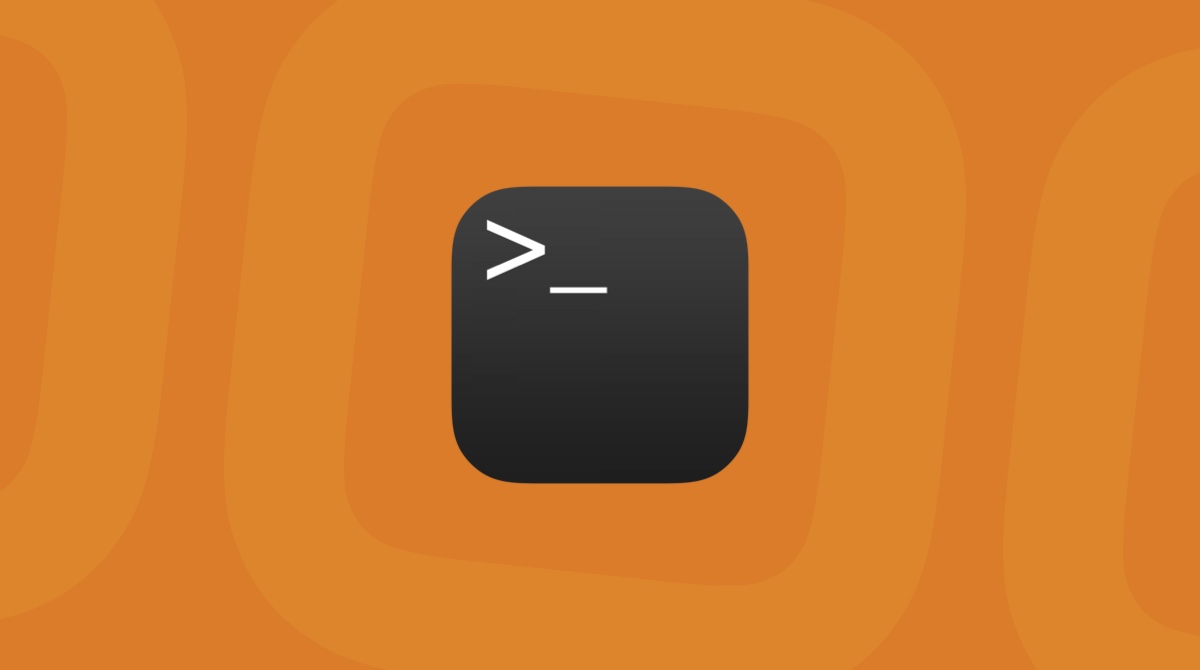Tools you’ll love to use. The Xcode IDE is at the center of the Apple development experience. Tightly integrated with the Cocoa and Cocoa Touch frameworks, Xcode is an incredibly productive environment for building apps for Mac, iPhone, iPad, Apple Watch, and Apple TV. EDITED FOR PEOPLE JUST GETTING HERE See #569 (comment) and #569 (comment), the warning can just be ignored. Command Line Tools works fine, you do not need the full Xcode.
The Xcode IDE is at the center of the Apple development experience. Tightly integrated with the Cocoa and Cocoa Touch frameworks, Xcode is an incredibly productive environment for building apps for Mac, iPhone, iPad, Apple Watch, and Apple TV.
Xcode smoothly takes you from concept, to code, to customers.
Because everything is so well integrated, workflows feel natural. As you compose a new interface, the Assistant editor intuitively presents the related source code in a split window pane. Simply drag the mouse to connect UI controls to the implementation code. Apple LLVM compiler technologies parse your code, keeping every symbol you see in the LLDB debugger consistent with the editor and compiler. As you type, that same engine is constantly at work, finding mistakes and offering Fix-its for your code.

Xcode even communicates with the Apple developer website, so you can enable services such as Game Center or Passbook in your app with a single click. When your app is ready, Xcode will bundle and submit your app to the App Store.
Assistant Editor
The Assistant button splits the Xcode editor in two, with your primary work document on the left and an intelligent Assistant editor pane to the right. The Assistant editor automatically displays files that Xcode determines are most helpful to you based on the work you are performing in the primary editor. For instance, if you are editing MyClass.m in the primary editor, the Assistant will automatically show the counterpart MyClass.h.
Jump Bar
Clicking the Jump Bar, located at the top of every editor pane, you can quickly select what information to view in the Assistant editor. For instance, while editing source code in the primary editor, the Assistant can show the counterpart header, sub-classes or superclasses, or related tests.
Interface Builder
Fully integrated within the Xcode IDE, the Interface Builder design canvas makes it simple to prototype a full user interface without writing any code. Prototype in minutes, then graphically connect your interface to the source within the Xcode editor, laying out windows, buttons, and sliders to create a functioning Mac, iPhone, or iPad user interface. With the Assistant editor, you can work on the graphical design side-by-side with the implementation source code. A simple mouse drag from a UI control to the source pane creates a connection between code and interface, and can even create the code stub for you.Learn more
The Version editor makes it easy to compare two versions of a file, see commit logs, check who made a code change, and even zoom back through the commit timeline. The Version editor splits the pane to show two different versions of the same file. Differences are highlighted as you travel through the timeline separating the editor views. Xcode can also create a local Git repository for new projects, or check out a hosted Subversion or Git repo. The top-level Source Control menu makes it easy to perform branch and merge operations, perfect for distributed teams.
Testing
Test-driven development is a first-class workflow within Xcode. The Test Navigator makes it incredibly easy to jump to any test in your project, execute an individual test, or execute a group of tests. The Assistant editor has new test-specific views that automatically track which tests exercise the code you are presently editing, keeping your tests and code in sync at all times.
Customize
The Xcode environment can be configured to match almost any workflow, including customization features like tabs, behaviors, and snippets.

Tabs.
Apple Developer Command Line Tools Download Windows 10
Create a completely unique view of your project with tabs. Each tab has its own navigator, editor, assistant, and utility area arrangement. You can name tabs for specific tasks, re-arrange them, or tear out the tab to create a stand-alone window.
Behaviors.
Tell Xcode what to do with events such as starting a debug session or encountering an error during a build. Coupled with tabs, you can create a custom work environment for each of your edit, design, build, or debug tasks. Custom behaviors can also completely re-arrange your window with a single key combination.
Snippets.
Dozens of pre-configured code completions, such as defining a new class or method, are included in the snippets library. By customizing or adding snippets, you can insert frequently entered code by typing only a few characters.
Get quick access to any file your project uses with Open Quickly (Command-Shift-O). Xcode immediately offers completions for your search, allowing you to choose one and hit Return to open the file or hit Option-Return to open in the Assistant editor.
Customize the way Xcode builds and runs your app depending on whether you are debugging, profiling, performing code analysis, or running a test suite. For example, the default scheme is configured to build your app in “Debug” mode when running, and the same scheme settings will build for “Release” when performing the Profile or Archive command. There is no need to change project settings as you move from task to task. Xcode configures the schemes for you automatically, or you can use the “Manage Schemes” menu to customize them yourself.
In computing, a command-line interpreter, or command language interpreter, is a blanket term for a certain class of programs designed to read lines of text entered by a user, thus implementing a command-line interface.
Operating system shells[edit]
AmigaOS[edit]
- Amiga CLI/Amiga Shell
Unix-like systems[edit]
There are many variants of Unix shell:
- Bourne shell
sh- Almquist shell (ash)
- Debian Almquist shell (dash)
- Bash (Unix shell)
bash - KornShell
ksh- Z shell
zsh
- Z shell
- Almquist shell (ash)
- C shell
csh- TENEX C shell
tcsh
- TENEX C shell
- Ch shell
ch - Emacs shell
eshell - Friendly interactive shell
fish - PowerShell
pwsh - rc shell
rc, a shell for Plan 9 from Bell Labs and Unix - Stand-alone shell
sash - Scheme Shell
scsh
Microsoft Windows[edit]
Native[edit]
- COMMAND.COM, default in Windows 9x and provided for DOS compatibility in 32-bit versions of NT-based Windows via NTVDM
- cmd.exe, the default command-line interpreter of the Windows NT-family
- Windows PowerShell, a command processor based on .NET Framework
- PowerShell, a command processor based on .NET Core
- Hamilton C shell, a clone of the Unix C shell by Hamilton Laboratories
- 4NT, a clone of CMD.EXE with additional features by JP Software
- Take Command, a newer incarnation of 4NT
Unix/Linux compatibility layer and POSIX subsystem[edit]
DOS[edit]
- COMMAND.COM, the default command-line interpreter
- 4DOS, a compatible, but more advanced shell by JP Software
- NDOS, provided with some versions of the Norton Utilities
OS/2[edit]
- CMD.EXE, the default command-line interpreter
- Hamilton C shell, a clone of the Unix C shell by Hamilton Laboratories
- 4OS2, a clone of CMD.EXE with additional features by JP Software
IBM i[edit]
Apple computers[edit]
- Apple DOS/Apple ProDOS
Mobile devices[edit]
- DROS, Java ME platform based DOS-like shell for smartphones
Network routers[edit]
- Cisco IOS[1]
- Junos Command Line Interface (Juniper Networks)[2]
Minicomputer CLIs[edit]
- Data General's CLI (Command Line Interpreter) on RDOS and AOS Operating Systems and their variants
- Digital Equipment Corporation's DIGITAL Command Language (DCL)

Other[edit]
- BASIC-PLUS (RSTS/E)
- CANDE MCS – command-line shell and text editor on the MCP operating system
- Conversational Monitor System (VM/CMS)
- Console Command Processor (CCP) for CP/M
- DOS Wedge (an extension to the Commodore 64's BASIC 2.0)
- DIGITAL Command Language (OpenVMS)
- Extensible Firmware Interface shell
- Microsoft BASIC (qualifies both for a programming language and OS)
- SymShell, see SymbOS
- Time Sharing Option (MVS, z/OS)
- Atari TOS shell
- YouOS shell
- EFI-SHELL – an open source Extensible Firmware Interface command shell
Programming[edit]
Language systems[edit]
- BASIC – actually, many dialects and varieties of a programming language may have commands like kill, system, files, and others which allow operating system access from the interactive and often from programme mode
- BeanShell, a shell for Java
- F Sharp (programming language), F#
- Lisp
- Macintosh Programmer's Workshop, an old command-line environment used for software development on the classic Mac OS
Debuggers[edit]
- DDT, a PDP-10 debugger from DEC used as a command shell for the MIT Incompatible Timesharing System
- Firebug/Chromebug, a JavaScript shell and debugging environment as a Firefox plugin
Scientific and engineering software[edit]
Programming languages[edit]
- BeanShell – shell for Java
- JavaScript shell – several programs by this name allow interactive JavaScript[3]
- PHPsh – shell for PHP
- Python
- Ruby
- Tcl
- tkcon shell and IDE for Tcl/Tk
Apple Developer Command Line Tools Download Free
Database queries[edit]
- sqsh, a shell available with some SQL implementations for database queries and other tasks.
- Google Shell, a browser-based front-end for Google Search
See also[edit]
References[edit]
- ^'The Cisco IOS command-line interface (CLI) is the primary user interface...'
- ^'...the software that you use whenever you access the router...'
- ^developer.mozilla.org/en/JavaScript_shells; Comparison of Server-side JavaScript solutions
Apple Developer Command Line Tools Download Apk
